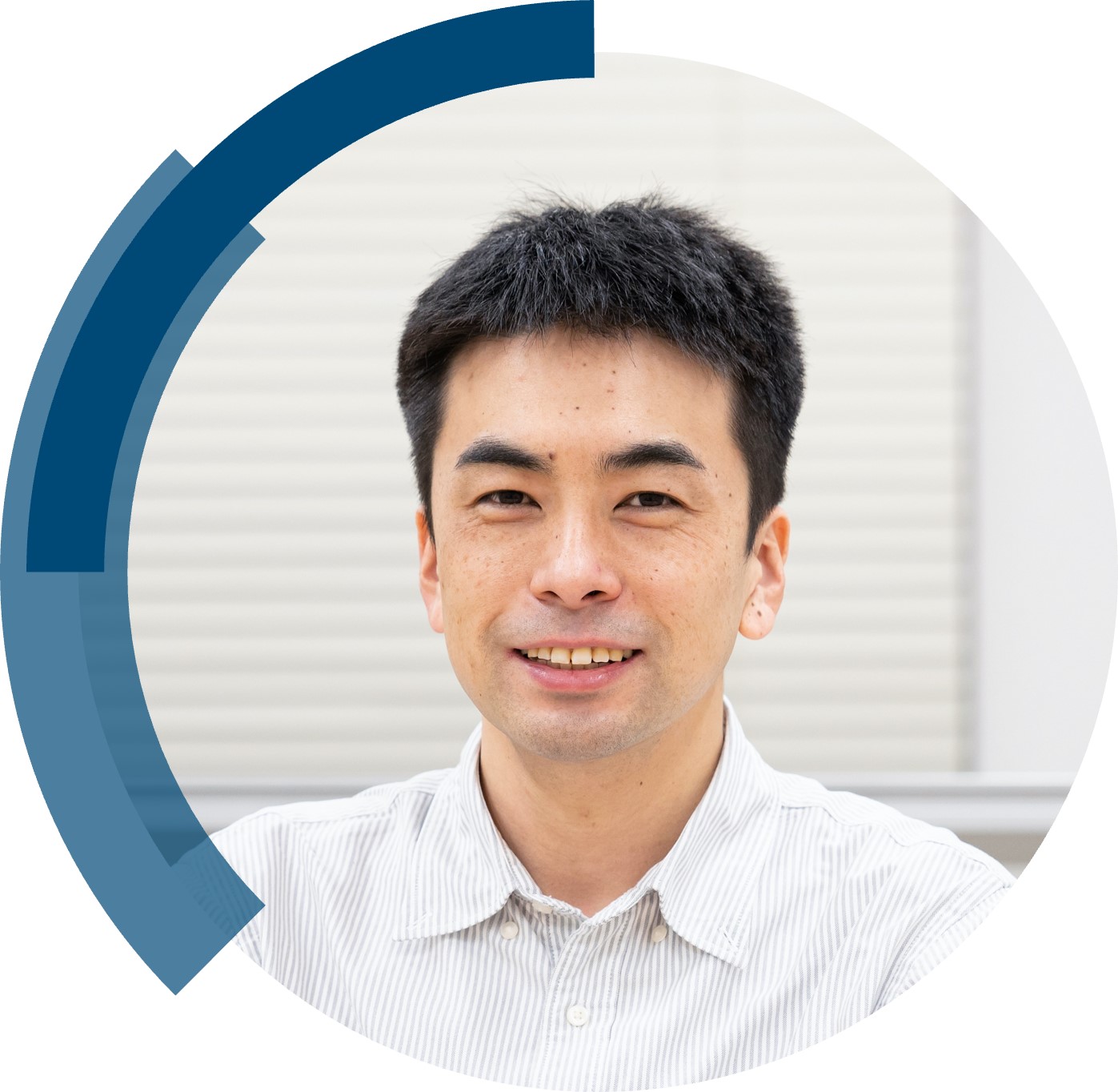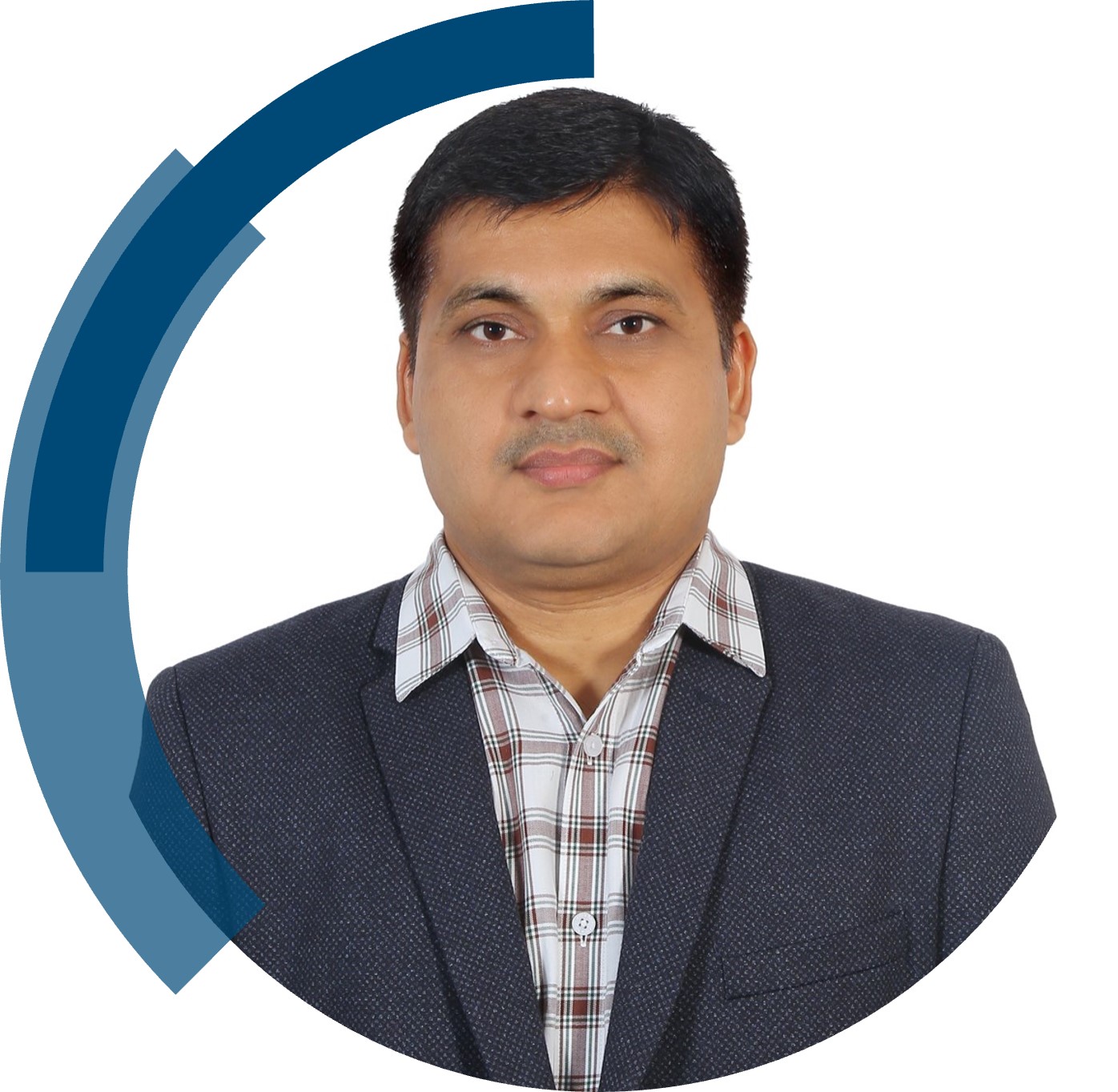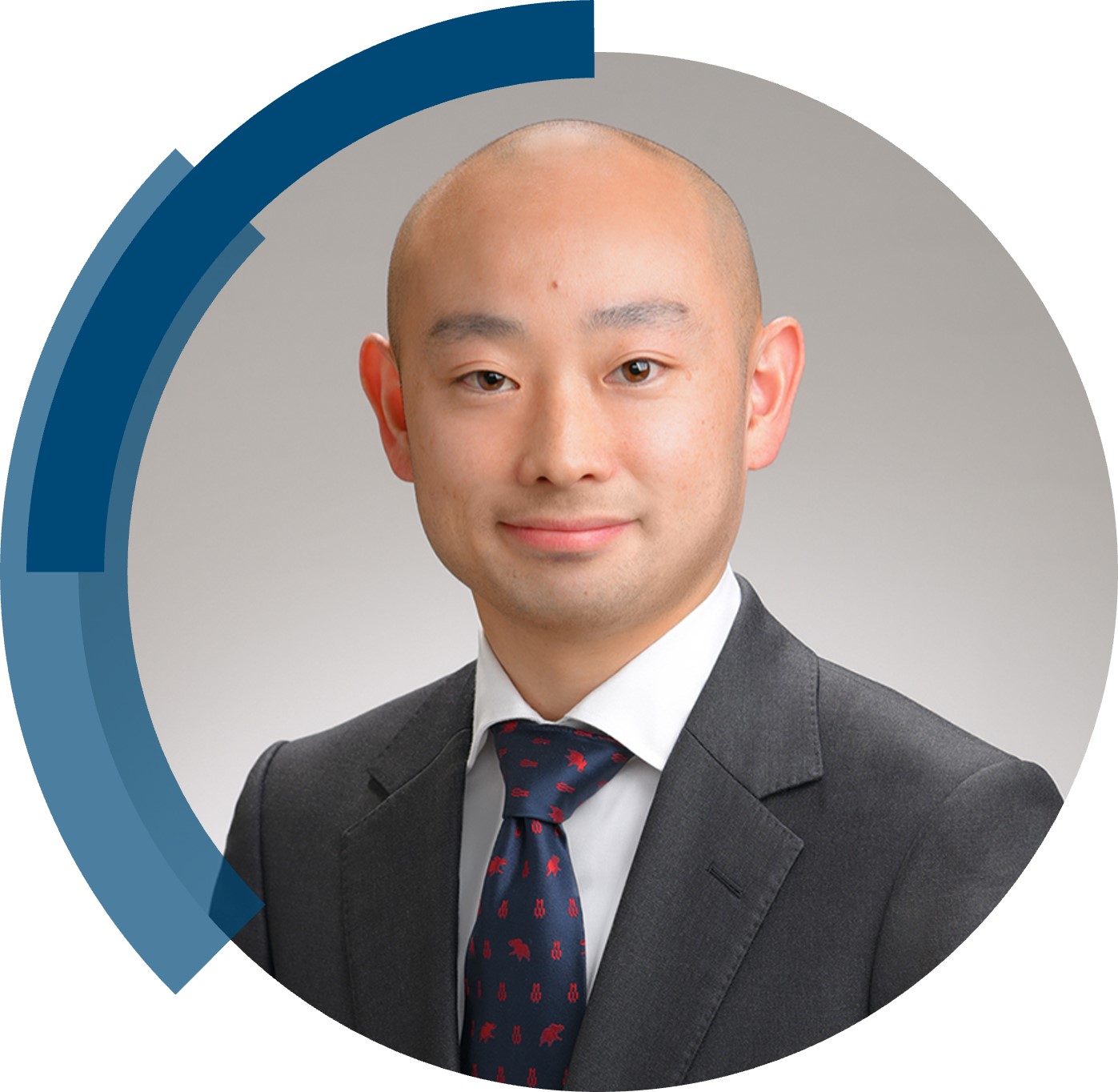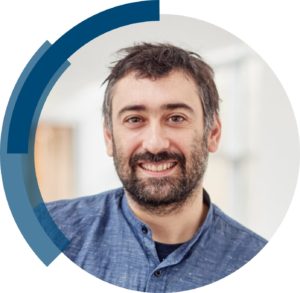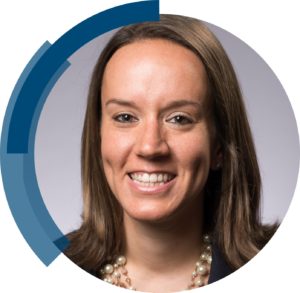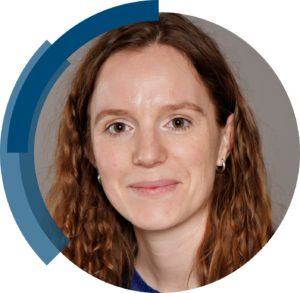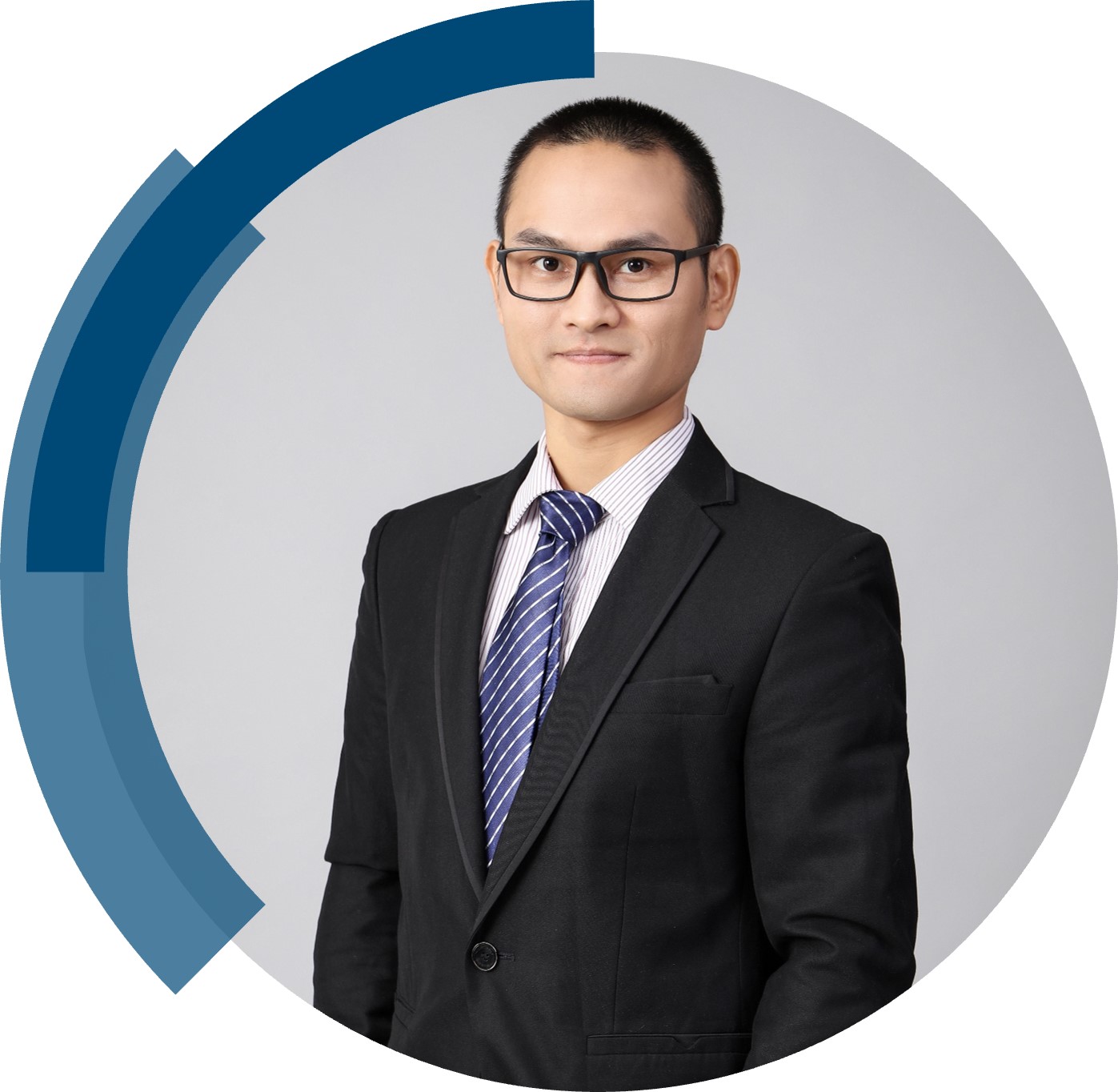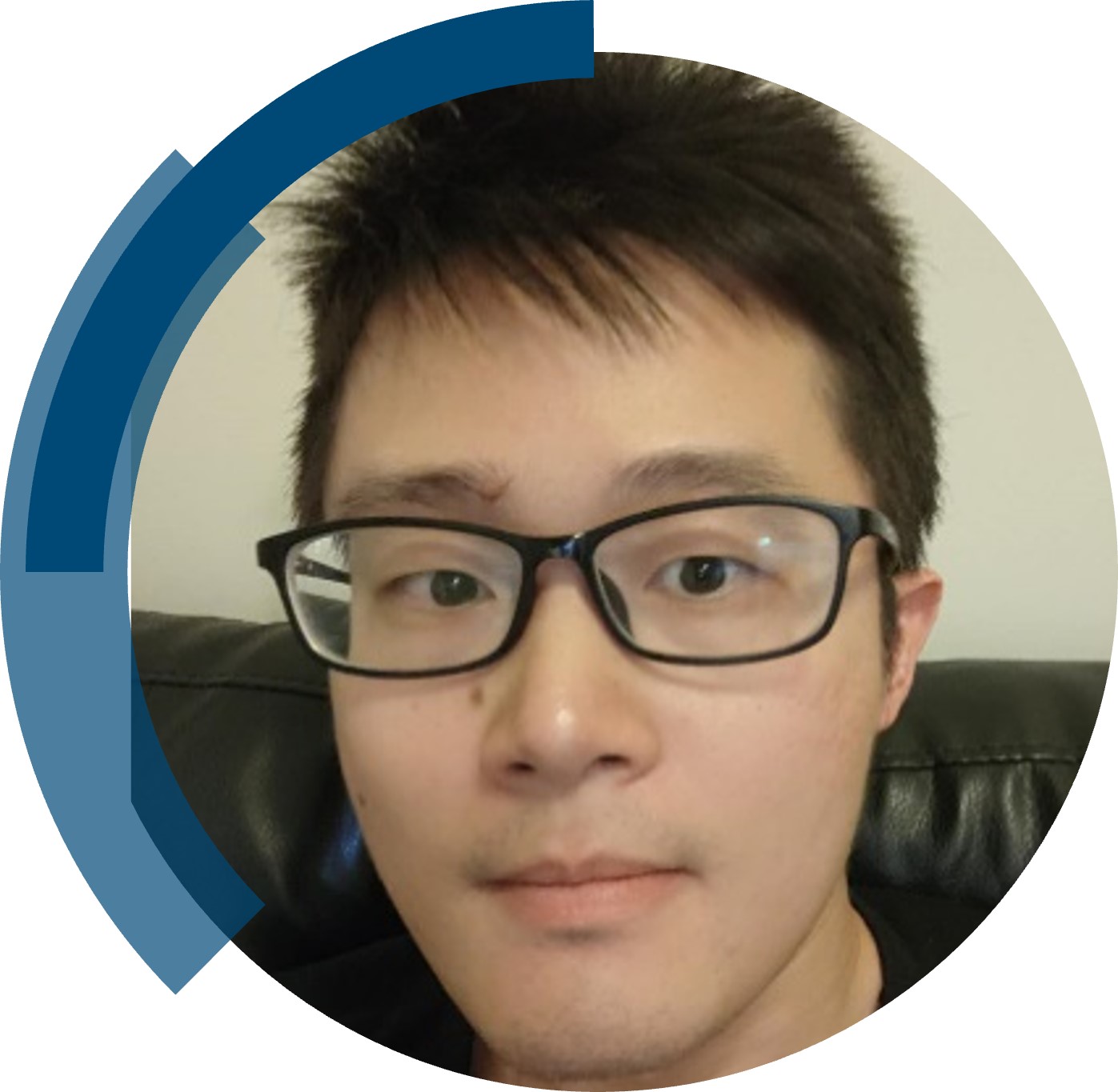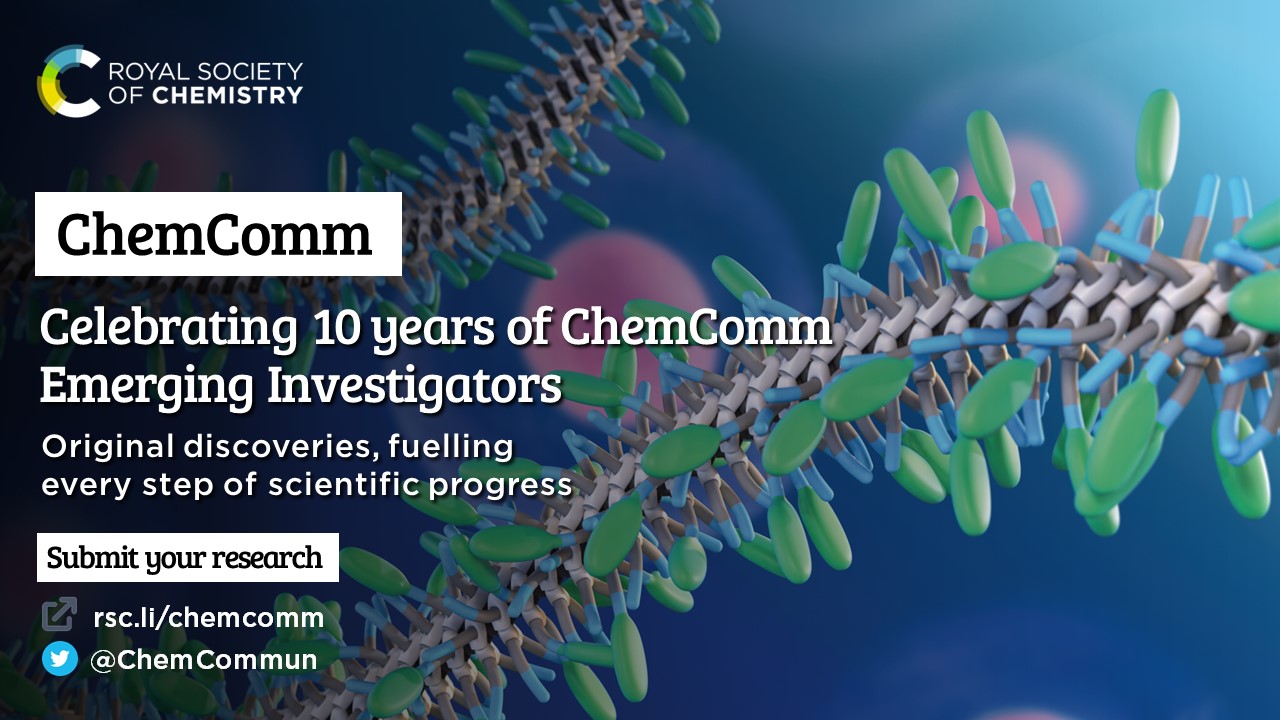We recently caught up with Jeffrey Ting (Nanite Inc.) – our latest ChemComm Milestones author. We wanted to find out about Jeff’s research and experiences as a first-time corresponding author in the interview below. You can now read Jeff’s research paper ‘Frontiers in nonviral delivery of small molecule and genetic drugs, driven by polymer chemistry and machine learning for materials informatics’ in our growing ChemComm 1st collection.
Our interview with Jeff
What are the main areas of research in your lab and what motivated you to take this direction?
Nanite is a next-generation nonviral gene delivery startup company headquartered in Boston, MA, focused on developing a new class of programmable polymer nanoparticles for a range of therapeutic modalities and indications. Polymers have been widely used in medicine as excipients for pharmaceutical small molecules. They generally offer shelf-life stability, low cost, and controlled release profiles. However, while they have been widely investigated as gene delivery nanocarriers for decades, the design space with genetic cargo is near infinite and must balance noncovalent interactions across multiple biological barriers. To this end, SAYER™ is the company’s proprietary platform that combines high-throughput methods to rationally design delivery vehicles at the intersection of biology, materials science, and artificial intelligence (AI).
I was motivated to join Nanite because of the potential of bringing polymer-based gene therapy solutions forward. There are unresolved fundamental questions around how to tailor polymers to protect and release nucleic acids across dynamic biological environments, which is intellectually stimulating and fun to pursue as a polymer scientist. I enjoy contributing to and learning from talented Nanite coworkers that have expertise from adjacent disciplines in data science and molecular biology. The emergence of lab automation and AI has begun to change how we think about doing chemistry research more effectively and creatively. In terms of need, with Katalin Karikó’s and Drew Weissman’s 2023 Nobel Prize for enabling the development of mRNA vaccines against COVID-19, it truly seems like we are at a turning point in how we can treat diseases with new genetic vaccines and drugs. It has been extremely rewarding to learn from genetic medicine companies and patient advocacy groups that Nanite partners with, such as the Charcot-Marie-Tooth Research Foundation and the Cystic Fibrosis Foundation, and already discover polymer nanoparticles that potentially compete with alternative nanocarriers. In short, it has never been a more exciting time to be a polymer scientist working in the biotech field!
Can you set this article in a wider context?
Our Highlight article shows the immense progress and potential of nonviral delivery with polymers, propelled by advances in materials informatics (MI). To give an update on the state of MI for this area, we first review recent examples of how research groups combine polymer chemistry with machine learning to design high-performing biomaterials with therapeutic small molecule drugs, nucleic acids, and protein. In each case, the teams use rapid data generation to train machine learning models. Next, we provide an outlook for expanding these themes to pharmaceutical applications in nonviral gene therapy, emphasizing laboratory workflow automation and data management best practices. We hope that these practical lessons learned as a growing biotech startup provide a unique perspective for the global chemistry community.
What do you hope your lab can achieve in the coming year?
It has been incredible seeing the growth of the company in a short amount of time. In terms of synthesis, I am proud to lead the first polymer production campaigns that got SAYER™ off the ground with thousands of well-defined polymers for high-throughput screening and bioevaluation. Now, because of the diverse backgrounds and talent in our team, we are uniquely poised to not only rapidly identify key structure-property relationships of these materials across multiple length scales, but also leverage this understanding to AI-driven biodelivery applications. Delivery with tissue selectivity is the current rate-limiting bottleneck for advancing more nonviral gene therapies into safer and more affordable treatments. In the coming year we are expanding the number of partner projects that uses our platform’s core technology to down select high-performing polymer nanoparticle candidates in shorter time frames.
Describe your journey to becoming an independent researcher.
I began my career as an industrial scientist at 3M in 2020. I was hired as a Senior Polymer Scientist in the Materials Informatics Group, as part of 3M’s Corporate Research Materials Lab. Though this was an interesting time to start a new job at the height of the COVID-19 pandemic, this was a transformative time in changing how I think about integrating my polymer chemistry background with new advances in data science and machine learning. I gained experience on working closely with small teams to automate the collection of systematic datasets to enable predictive, data driven materials and process development.
I joined Nanite in 2022 as a senior scientist and its first employee at our initial incubator lab site. One of my PhD advisors, Dr. Theresa Reineke, co-founded the company with a group of serial entrepreneurs who have previously led successful biotechnology companies in various executive roles. Theresa has always been a supportive mentor at all stages of my independent career. My graduate work focused on synthesizing tunable polymers as solubilization agents for oral drug delivery, and my postdoctoral work aimed to better understand the fundamental physical properties of polyelectrolyte complex assemblies. This initial experience gave me a unique perspective on how to think about polymer nanoparticles from a chemistry, physics, and engineering viewpoints.
What is the best piece of advice you have ever been given?
For students, the best advice is to be open to change and opportunities that may not be apparent at the present. For myself, I have always hyper-focused on specific goals as guiding beacons for figuring out my professional career path. But you don’t know what your future self wants— as I was finishing up my chemical engineering degree in college before going to grad school, I had no desire to do anything in biology. At the end of grad school, I had meticulously positioned myself to go into academia with my postdoc position. Before each of these major inflection points, you haven’t met the extraordinary people (mentors, friends, partners, collaborators) that can come in and fundamentally change the trajectory of your life. Your future self will be different than what you may expect it to be, so don’t let the endless possibilities of what could have been (and what can be) overwhelm you. Play an active role in crafting the person you are going to become.
Why did you choose to publish in ChemComm?
ChemComm has had a longstanding reputation for spotlighting cutting edge research in the chemistry community with fast turnaround time for publication. I am proud to have Nanite’s first independent publication in this journal. Please reach out if you have any questions about our mission or if our nonviral delivery platform is of interest for further discussions.
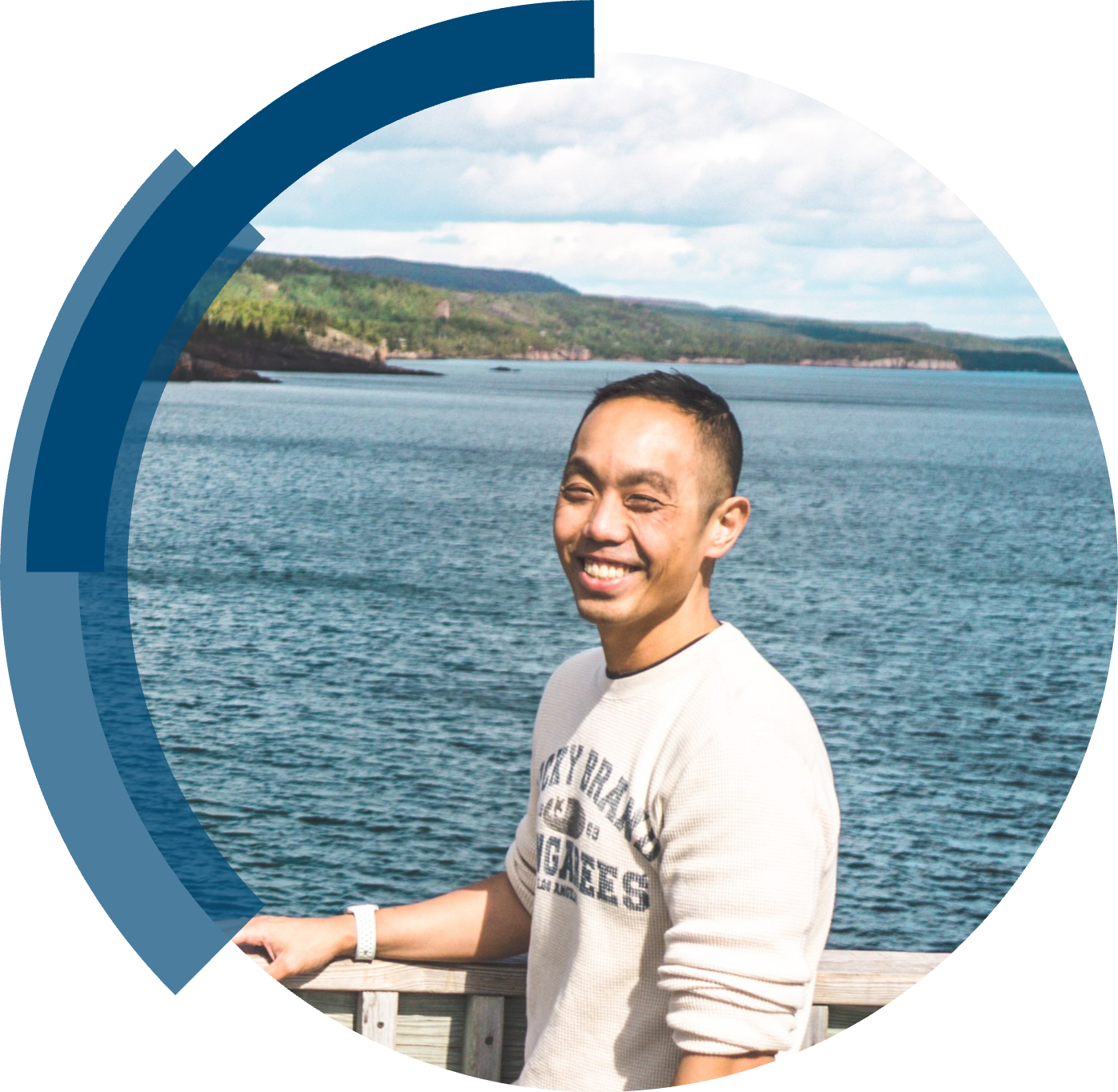 |
Dr. Jeff Ting (he/him) received his BS in Chemical Engineering at the University of Texas. Jeff received his PhD in Chemical Engineering from the University of Minnesota in 2016, working with Frank Bates and Theresa Reineke on synthesizing tunable polymers for oral drug delivery. During his doctoral studies, he was a recipient of the NSF Graduate Research Fellowship, the AIChE Pharmaceutical Discovery, Development and Manufacturing Student Award, and the University of Minnesota Doctoral Dissertation Fellowship. Afterward, Jeff worked as a NIST-CHiMaD Postdoctoral Fellow with Matt Tirrell as part of the Center for Hierarchical Materials Design (CHiMaD), supported by NIST and the Materials Genome Initiative. His work focused on understanding the fundamental static and dynamic properties of polyelectrolyte complex assemblies. In 2020, Jeff joined 3M as a Senior Polymer Scientist as part of the Materials Informatics (MI) Group in the Corporate Research Materials Laboratory. He was a lead experimentalist in launching a broad effort to strategically apply MI tools and data-driven methodologies for industrial materials research and product development workflows. He was recognized as 1 of 12 individuals for the 2021 Young Observers Program by the U.S. National Committee of IUPAC. In 2022 Jeff became a Senior Scientist and the first employee at a venture-backed stealth biotech startup, Nanite, in Boston, MA.
Twitter/X: @J_Ting1 LinkedIn: jting1
|













